
Lot 115
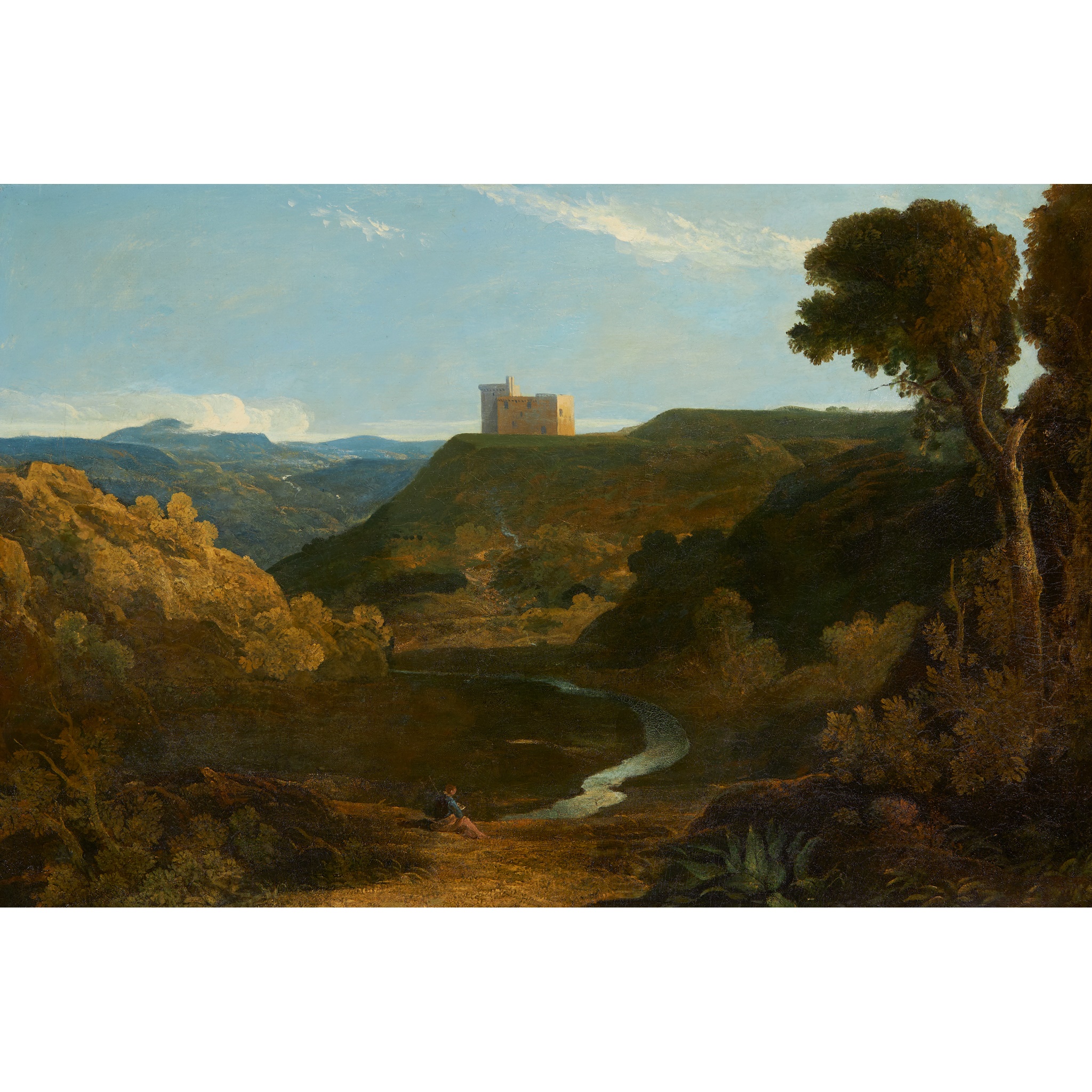
REV. JOHN THOMSON OF DUDDINGSTON H.R.S. (SCOTTISH 1778-1840)
CRICHTON CASTLE
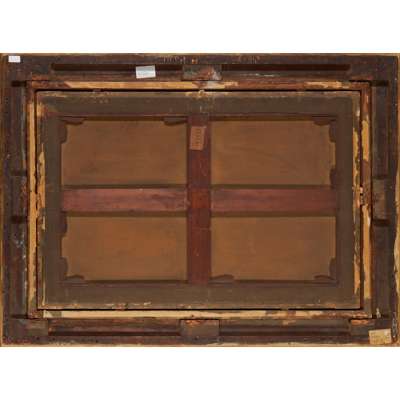
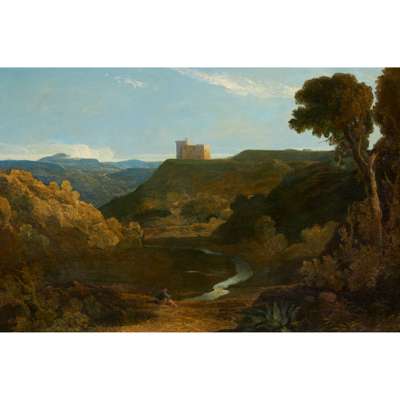
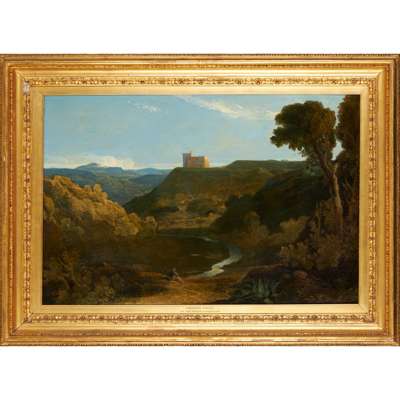


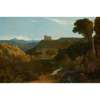
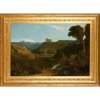
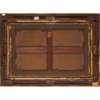
Scottish Paintings & Sculpture
Auction: Evening Sale: 09 December 2021 | From 18:00
Description
Oil on canvas
Dimensions
70cm x 104cm (27.5in x 41in)
Provenance
Provenance: The Bacon Collection, Norfolk, where the painting was attributed to J. M. W. Turner
Drambuie Collection, Lyon & Turnbull, Edinburgh 26 January 2006, lot 52, £23,000 (hammer)
Footnote
Note: The well-worn description of Thomson as an 'amateur' is perhaps misleading when it is realised that he was one of Alexander Nasmyth's most gifted pupils, and later became a friend and sketching partner of J. M. W. Turner. Certainly he continued to practice as minister of the Parish of Duddingston, near Edinburgh, throughout his life, but it was painting that brought him greater celebrity (and certainly more income than his stipend provided). His technique was at times wayward, but at his best, he painted landscape with a fluidity and sense of light unmatched by any of his contemporaries. His work has a greater immediacy than that of Nasmyth and, arguably, a more Scottish quality, with its use of surprisingly dense impasto and heavily worked passages to evoke harsh weather conditions.
This impressive landscape was probably completed around 1818 when Thomson and Turner were commissioned to produce a series of engravings for Sir Walter Scott's Provincial Antiquities of Scotland. Both artists also painted a number of oils during this period and there is something certainly 'Turneresque' about this painting (for many years it was actually - improbably - attributed to Turner). The sketching figure in the foreground may even be the great artist himself.
Crichton Castle occupies a dramatic outlook high over the River Tyne. It first appears in records in around 1400, and was later home to James, the 4th Earl of Bothwell, third husband of Mary Queen of Scots. After the 5th Earl of Bothwell Francis Stewart was accused of witchcraft, the castle fell into disrepair.
Thomson's palette is unusually light and he has largely foregone the ochres and sepias that characterise much of his work. A mistaken belief that the much-admired Claude Lorrain favoured such colours (which were in fact the effect largely of discoloured varnishes) influenced several generations of British landscape painters. For once Thomson appears to have discarded his 'Claude glass' (used to view the landscape in suitably gloomy shades) and has painted a sky of piercing and intense blue, creating an effect that is both Italianate and highly Scottish.







